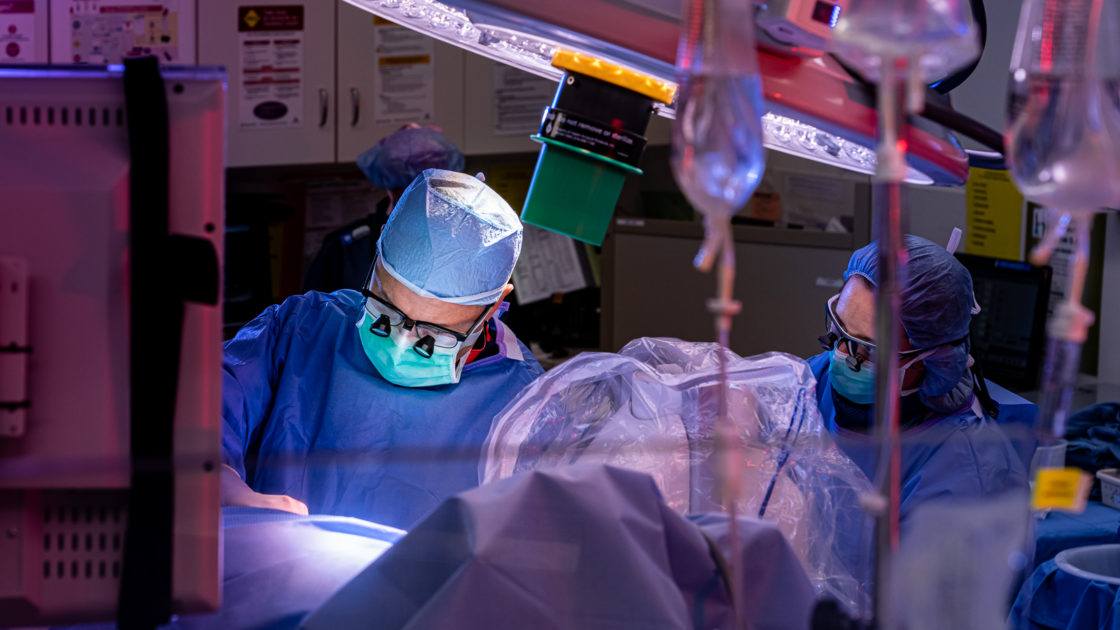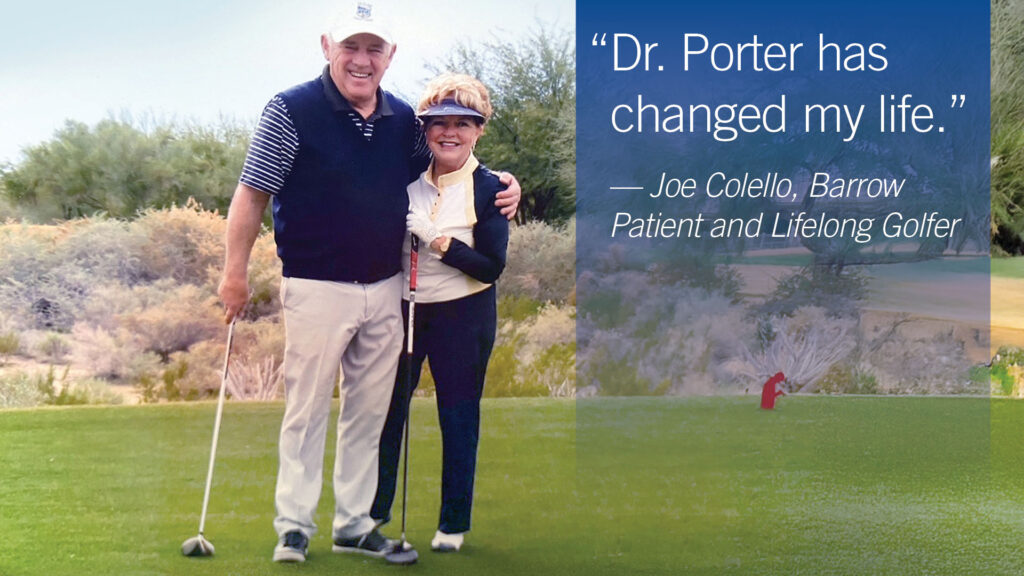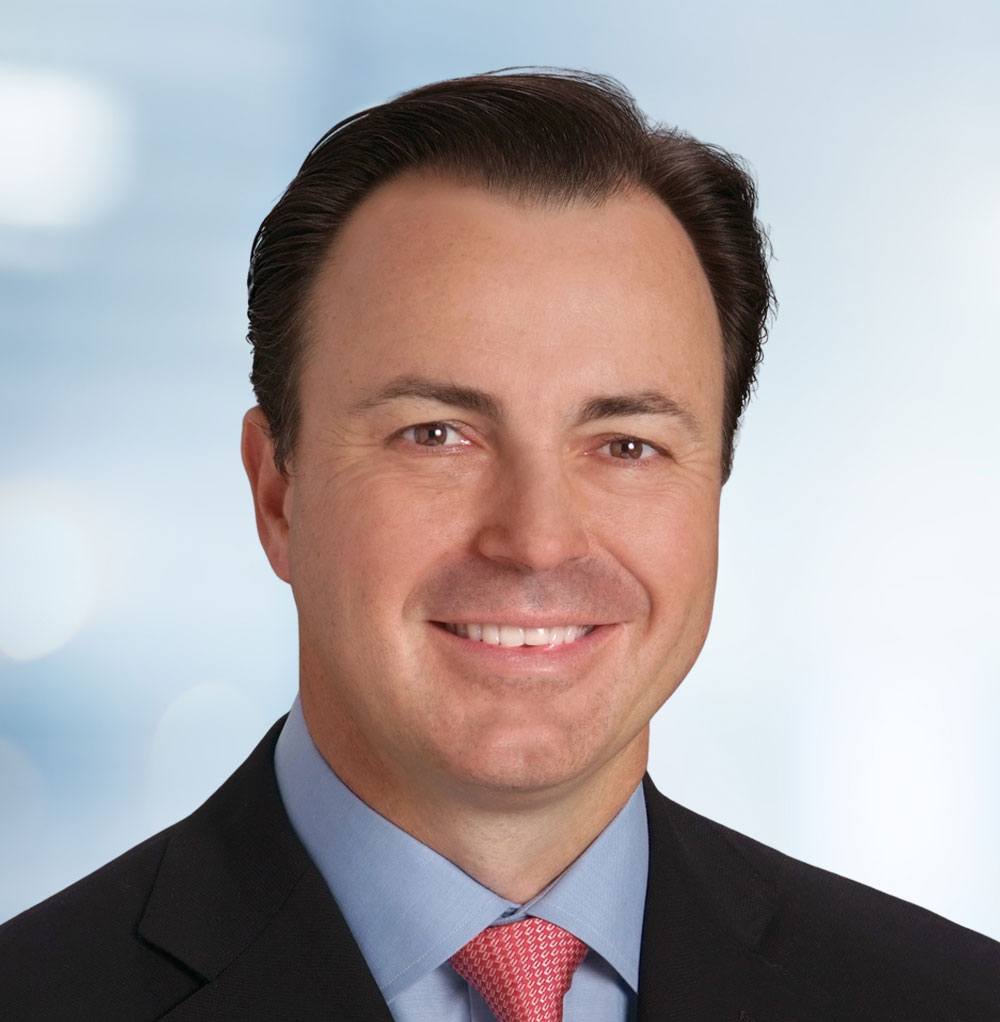
Lifelong Golfer Returns to Game Pain Free After Spine Surgery at Barrow
Joe Colello’s love affair with golf began nearly 70 years ago when he stumbled upon a neglected, rusty set of Bobby Jones clubs.
Twelve-year-old Joe was helping to clean out his late uncle’s farmhouse when he found the right-handed set. Joe was a left-handed batter in baseball, but he decided to spare the clubs from the garbage and try them out anyway.
“I took them and cleaned them up,” he recalled. “There was a golf course a mile from our home, and I would sneak on and play with those right-handed clubs. That’s how I learned. I fell in love with golf; it’s been wonderful to me.”
At 79, Joe no longer sneaks on to golf courses, but he is still mostly self-taught. The Seattle native has won numerous amateur tournaments and earned the title of Washington State Open Champion in 1968. His best score in a competitive round was 63, and he’s logged seven holes-in-one.
“I just love the competition, and I love the people you meet,” he said.
That includes his wife, a decorated amateur golfer named Gayle, whom he met on a blind date at a Seattle golf club in 1966. Joe had just completed his military service, where he’d kept up his game by playing on the United States Army’s golf team, when he and Gayle connected at a “Nine and Dine” event.
Landing in the Rough and Getting Back on the Green
Once he reached his 40s, Joe began having problems with his lower back. As the pain worsened over the following years, he visited numerous chiropractors, took over-the-counter pain relievers, tried acupuncture, and went to physical therapy. Nothing seemed to help—not even his first three spine surgeries.
Joe underwent three discectomies to remove herniated disc material from his lumbar spine. Between the bones of the spine, called vertebrae, are discs that enable spinal movement and act as shock absorbers. These intervertebral discs can tear due to degeneration, injury, or a combination of both. When this happens, the soft center of the disc pushes through the tough outer layer and into the spinal canal—a condition known as disc herniation. The protruding disc fragment can put pressure on the spinal nerves, causing pain and dysfunction.
“After three discectomies, I was having a hard time finding a doctor to see me,” Joe said. “I went two and a half to three years without playing—just hitting little chip shots.”
But a couple of Joe’s friends in the golf community recommended Randall Porter, MD, a spine surgeon at Barrow Neurological Institute in Phoenix and a golfer himself. Joe—a part-time Arizona resident—researched the neurosurgeon online and scheduled a consultation. He knew he’d finally found the right person to help.
“I had total confidence in Dr. Porter,” Joe said.
In 2018, Joe underwent a minimally invasive spinal fusion and decompression surgery with Dr. Porter at Barrow. The spine surgery involved removing the ruptured disc and joining the adjacent vertebrae—levels L4 and L5—together.
Joe’s recovery consisted of a brief hospital stay followed by a couple months of outpatient neuro-rehabilitation. Four to five months after the spine surgery, he returned to the golf course. He now plays golf four to five times a week—completely pain free.
The Barrow Difference
Spine injuries are the most common injuries among golfers. They represent about half of injuries in professional golfers and about one-third in amateurs. When today’s golfers drive the ball more than three football fields in distance, they twist their spines with a force similar to being ejected from a military aircraft.
Golfers repeatedly endure this impact, taking an average of more than 300 swings per day over many years or even decades of participating in the sport. This can cause premature wear-and-tear of the spine, also known as degeneration.
But being permanently sidelined with a back injury doesn’t have to be par for the course. Many golfers can safely return to the game with the right treatment.
The Spine Program at Barrow has helped professional and amateur golfers, both with and without surgery. When surgery is necessary, Barrow spine surgeons recommend the least invasive option possible and can often avoid implanting rods and screws. Through minimally invasive techniques, they can reduce muscle trauma, scar tissue, blood loss, time in surgery, and recovery time.
“With current technology, we routinely see patients in their 70s and 80s return to the activities they love, including golf,” Dr. Porter said. “Joe is an extreme example because he plays golf at such a high level, frequently shooting below his age.”
In addition to neurosurgeons, the spine team at Barrow includes physical medicine and rehabilitation physicians and TPI-certified physical therapists. TPI, or the Titleist Performance Institute, is a leading organization in the study of how the human body functions in relation to the golf swing.
Barrow is also home to a research laboratory dedicated to golf biomechanics. Spine experts use cutting-edge technology to further study the impact of the modern golf swing on the spine and develop science-backed guidelines for treatment and return to play.
Joe’s advice for golfers experiencing back pain is to get help sooner rather than later.
“Don’t put it off if you’re in pain,” he said. “Dr. Porter has totally changed my life.”


